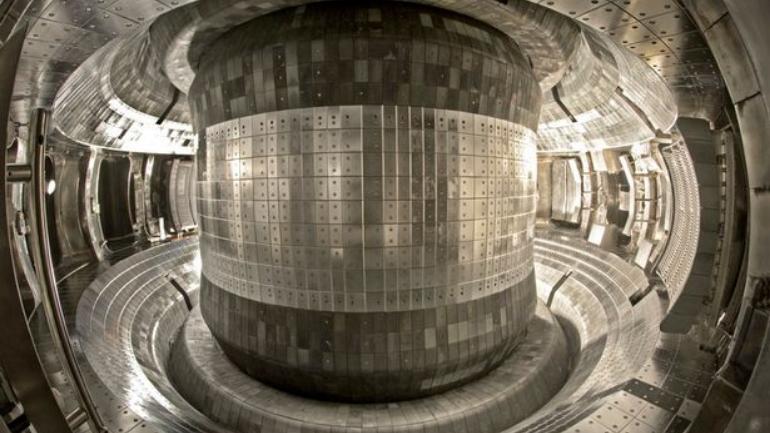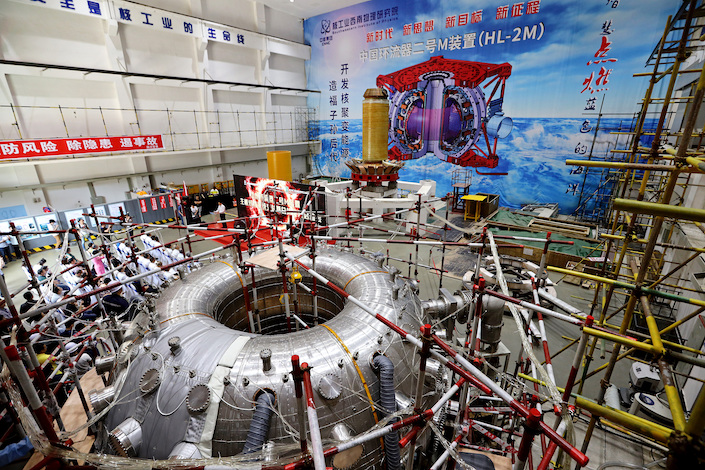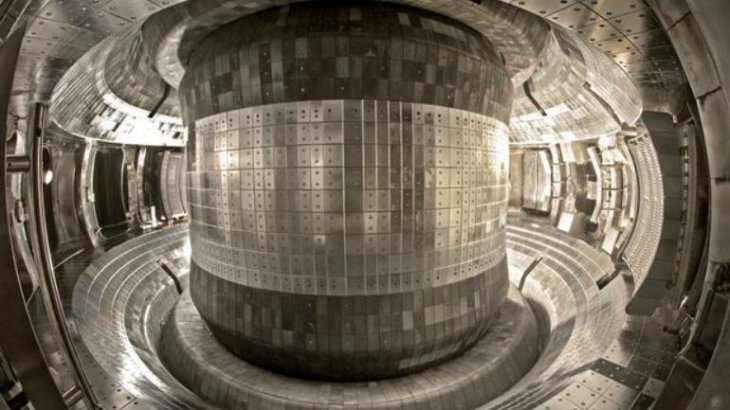China Has Built An 'Artificial Sun', Starts Operating In 2020
Harin - Nov 30, 2019

China has built an artificial sun that generates clean energy by using nuclear fusion. The generated energy is as much as that of 10 suns.
- Mumbai 2020 Power Outage Might Be A China's Cyberattack, India Official Claims
- TikTok China Banned Users From Making Videos To Show Off Wealth
- Entrepreneur Spent 1 Year Building 600-Square-Meter Floating Mansion
Chinese researchers are working on how to capture energy from the sun, but not the sun that we know. This country has built its own artificial sun. This is a device that generates clean energy by using nuclear fusion. The generated energy is as much as that of 10 suns.
According to Xinhua News Agency, China has already finished building the artificial sun and operation will begin in 2020.
The name of this artificial sun is HL-2M, a result of the collaboration between China National Nuclear Corporation and Southwestern Institute of Physics. This reactor is in Leshan, Sichuan province to study fusion technology.

Although it is called an artificial sun, this device can actually reach a temperature 13 times higher than that of the real sun. Specifically, it can reach 200 million Celsius degree while at the core of the sun, the temperature can only hit 15 million Celsius degree.
So, how is that even possible?
The sun’s nuclear fusion depends on fusing atoms, releasing heat that is converted into energy. Meanwhile, in a reactor, the heat-generating process relies on nuclear fission by splitting atoms, typically Uranium atoms. Nuclear fission, when compared with nuclear fusion, generates cheaper and cleaner energy. At the same time, the waste is less harmful. However, it is very difficult to achieve all the things mentioned above.
According to Physics professor Gao Zhe from Tsinghua University, researchers around the world are encountering issues in nuclear fusion. There is nothing to guarantee that all these problems could be solved.
What this HL-2M reactor does is similar to what the sun does in its core, using a doughnut-shaped chamber called “tokamak.” HL-2M uses deuterium gas and hydrogen as a fuel to simulate nuclear fusion by plumbing them into the device to create plasma. The installation of the HL-2M began in June and completed on November 26.

This project is China’s take in a nuclear program called ITER (International Thermonuclear Experimental Reactor). This is a super project includes research, technology on nuclear fusion. This is the biggest ever project on the world on nuclear reactors using tokamak. The location of the project is in Cadarache, Southern France. The estimated budget is around $22 billion, with the participation of 35 countries and is expected to complete in 2025.
The success of the HL-2M is very critical to China’s research on nuclear reactors and nuclear fusion. The country’s first fusion device called the HL-1 was built in 1984. The Southwestern Institute of Physics is the oldest and largest research and development facility for controlled nuclear fusion energy in China.
Another nuclear fusion hotspot in China is Hefei, Anhui province where there is a pilot program for the Experimental Advanced Superconducting Tokamak (EAST). This nuclear reaction has set a record for reaching 100 million Celsius degree.
Featured Stories

Features - Jul 01, 2025
What Are The Fastest Passenger Vehicles Ever Created?

Features - Jun 25, 2025
Japan Hydrogen Breakthrough: Scientists Crack the Clean Energy Code with...

ICT News - Jun 25, 2025
AI Intimidation Tactics: CEOs Turn Flawed Technology Into Employee Fear Machine

Review - Jun 25, 2025
Windows 11 Problems: Is Microsoft's "Best" OS Actually Getting Worse?

Features - Jun 22, 2025
Telegram Founder Pavel Durov Plans to Split $14 Billion Fortune Among 106 Children

ICT News - Jun 22, 2025
Neuralink Telepathy Chip Enables Quadriplegic Rob Greiner to Control Games with...

Features - Jun 21, 2025
This Over $100 Bottle Has Nothing But Fresh Air Inside

Features - Jun 18, 2025
Best Mobile VPN Apps for Gaming 2025: Complete Guide

Features - Jun 18, 2025
A Math Formula Tells Us How Long Everything Will Live

Features - Jun 16, 2025
Comments
Sort by Newest | Popular